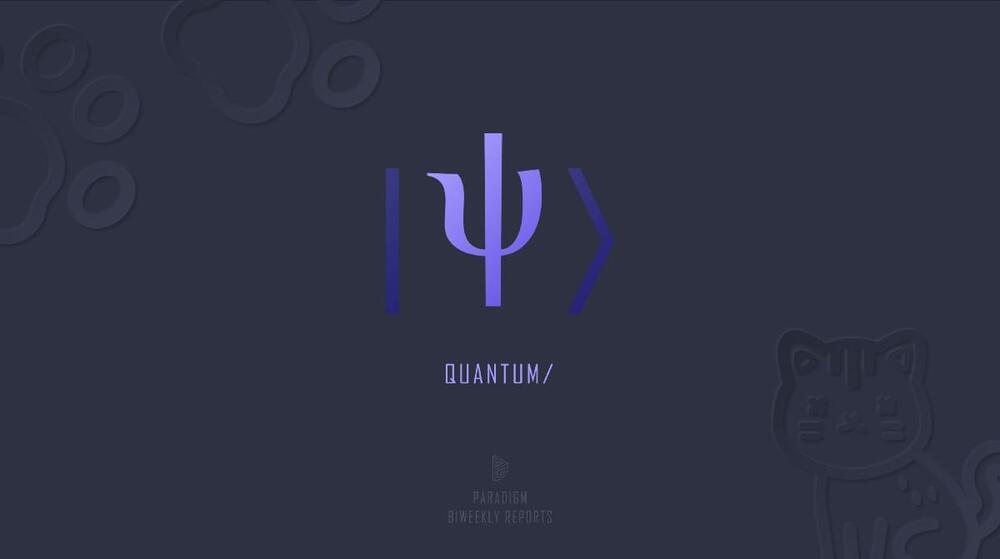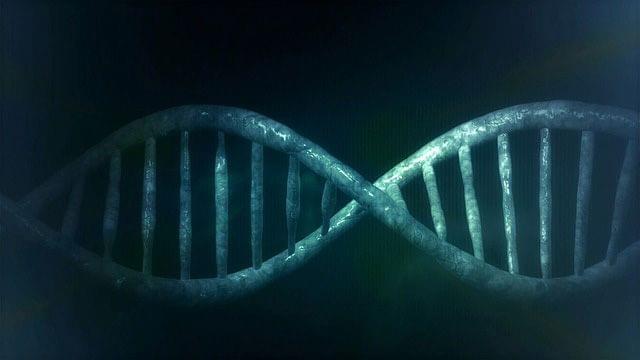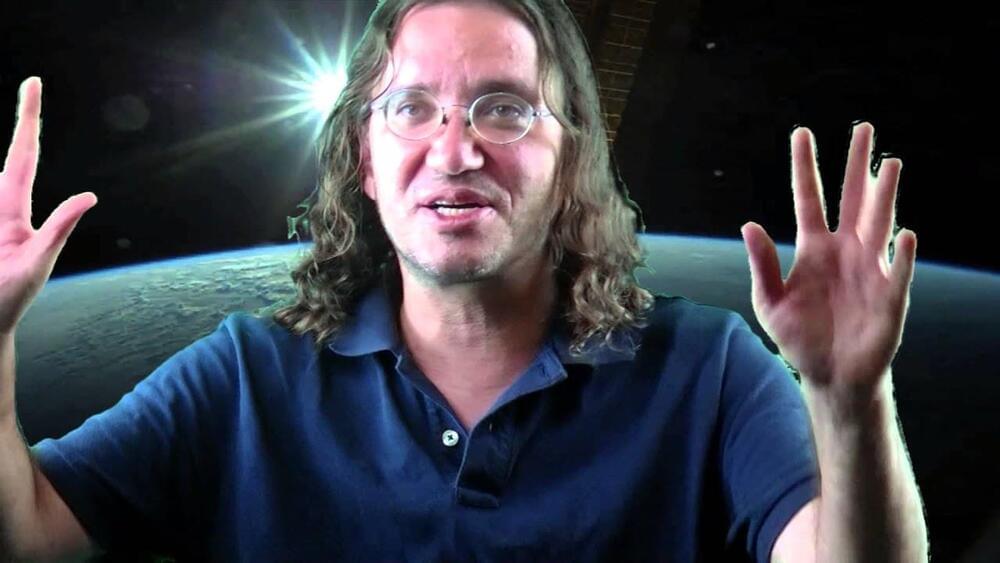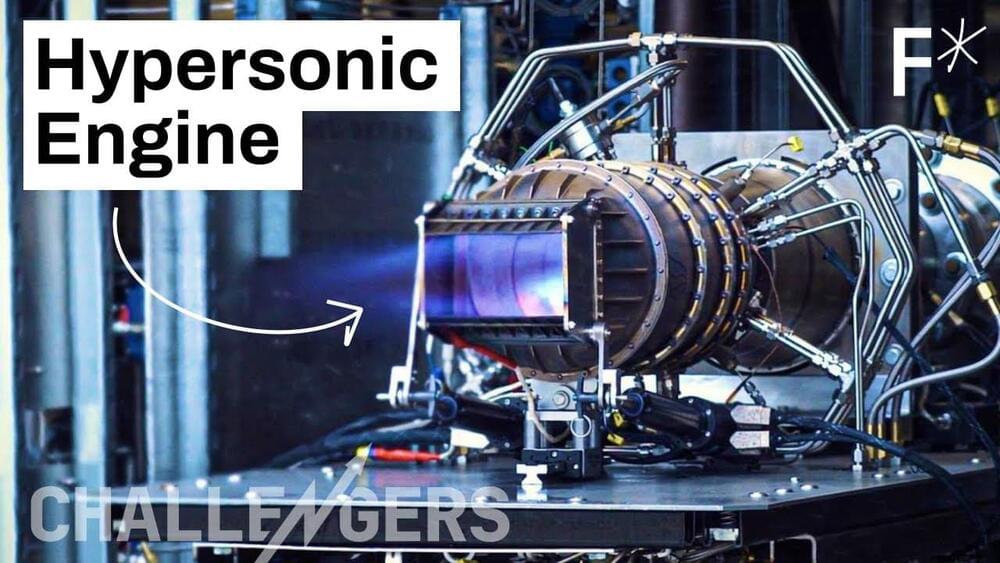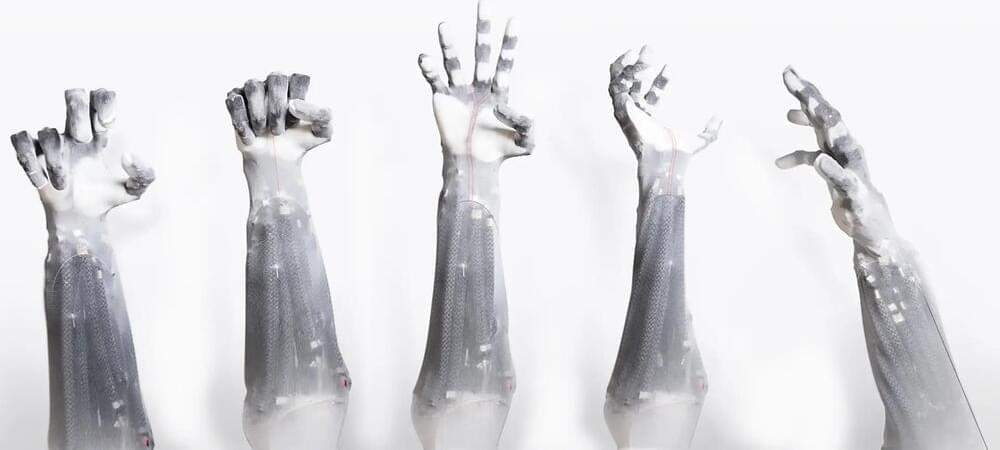A team of researchers condensed one billion years of Earth’s evolution and tectonic plate movements into a short forty-second video.
“It’s akin to cutting holes or carving gullies in a super thin sheet of diamond, to ensure light travels and bounces in the desired direction,” he said.
To overcome the “etching” challenge, the researchers developed a new hard masking method, which uses a thin metallic tungsten layer to pattern the diamond nanostructure, enabling the creation of one-dimensional photonic crystal cavities.
Amid much speculation and research about how our genetics affect the way we age, a University of California, Berkeley, study now shows that individual differences in our DNA matter less as we get older and become prone to diseases of aging, such as diabetes and cancer.
In a study of the relative effects of genetics, aging and the environment on how some 20,000 human genes are expressed, the researchers found that aging and environment are far more important than genetic variation in affecting the expression profiles of many of our genes as we get older. The level at which genes are expressed — that is, ratcheted up or down in activity — determines everything from our hormone levels and metabolism to the mobilization of enzymes that repair the body.
“How do your genetics — what you got from your sperm donor and your egg donor and your evolutionary history — influence who you are, your phenotype, such as your height, your weight, whether or not you have heart disease?” said Peter Sudmant, UC Berkeley assistant professor of integrative biology and a member of the campus’s Center for Computational Biology. “There’s been a huge amount of work done in human genetics to understand how genes are turned on and off by human genetic variation. Our project came about by asking, ‘How is that influenced by an individual’s age?’ And the first result we found was that your genetics actually matter less the older you get.”
Red dwarf stars may be the key.
Until now, models of planetary formation pointed to most planets forming with either too much or too little water. This was especially prominent around the most common type of stars in the galaxy – red dwarves.
A new study finds that drinking two to three cups of ground, instant, or decaffeinated coffee each day is associated with a longer lifespan and lower risk of cardiovascular disease compared with avoiding coffee.
Experimental video mashup on the Singularity featuring Ben Goertzel & Hugo de Garis.
Music by Scott Hanson (Tycho) — the actual song is Melanine form the album Dive.
Hugo de Garis
Ben Goertzel
Artilects
Nanotechnology
“I live on Earth at present, and I don’t know what I am. I know that I am not a category. I am not a thing — a noun. I seem to be a verb, an evolutionary process — an integral function of the universe.” — R. Buckminster Fuller I Seem to Be a Verb (1970)
Science, Technology & the Future — By Design.
In a free-wheeling conversation with Joe Rogan, Jobs talks about Microsoft, Adobe, and much more.
If there was anything that could make a case for how far Artificial intelligence (AI) has come, it would be the ability to converse with the dead. Podcast.ai is a platform that aims to demonstrate this week after week with its in-depth interviews, which began with no one other than Steve Jobs.
The episode does begin with a big disclaimer that the entire conversation has been generated by AI. The podcast maker also taps into the expertise of play.ht, which, according to its webpage, gives one the option of 907 ultra-realistic voices to choose from.
Podcast.
Waseef/iStock.
Podcast.ai states that they chose Jobs for their first project due to his impact on the technology world and how he continues to inspire people, much after his death too.
The incredible power of the Sun has been captured in a stunning video showing a massive coronal magnetic ejection being thrown into space.
Hermeus is building the world’s fastest commercial aircraft. And we got to tour their hypersonic flight lab.
Watch the Challengers playlist ► https://youtube.com/playlist?list=PLXthoedLVIdKeeuwpDPSyHSC54obntRxB
The aircraft startup Hermeus is aiming to do something unprecedented: build an aircraft that can take off from sea level, hit hypersonic speeds, and land to be reused, all while using one jet engine.
To achieve that goal, Hermeus is experimenting with a demonstrator aircraft called Quarterhorse — a small single-engine autonomous vehicle designed to test the company’s one-of-a-kind engine and briefly hit Mach 5 to collect data.
Freethink asked Hermeus whether early experiments with Quarterhorse are likely to succeed. The answer? No. Failure is still the most likely outcome. “And every day that inches a little bit closer to success, a little bit closer and a little bit closer,” said the founder of Hermeus. “And there’ll be days when we go the other direction, where we learned something we didn’t know, where we fail in a test, and we take a step back. We just keep moving, keep moving a little bit by bit, until we will this into existence.”
Watch on Freethink.com ► https://www.freethink.com/series/challengers/commercial-hypersonic-flight.
Beware! This robotic arm has a powerful grip.
What would be your first reaction when you see a grey-colored robotic hand mimicking your real hand’s (assuming that the reader is a human) movements and functions? You’d be shocked and spooked, right? Well, a robotics company in Poland has managed to create such an unbelievable artificial hand for real, New Atlas.
A robotic hand that looks and works almost like a human hand is about to arrive in the market by 2023. Here is everything you want to know about the science and underlying technology that makes this innovation work.

